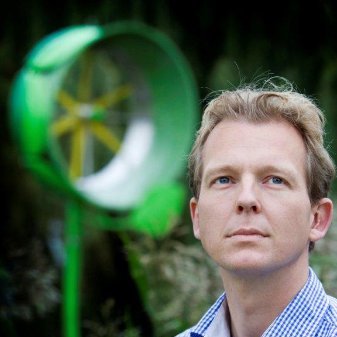

prof. dr. ir. J.W. van Wingerden
full professor
TU Delft / DCSC
Scholar
Mekelweg 2,
2628 CD Delft, Room 34 C-2-320
T +31 (0)15 27 81720
E J.W.vanWingerden@tudelft.nl
Follow @jwvanwingerden
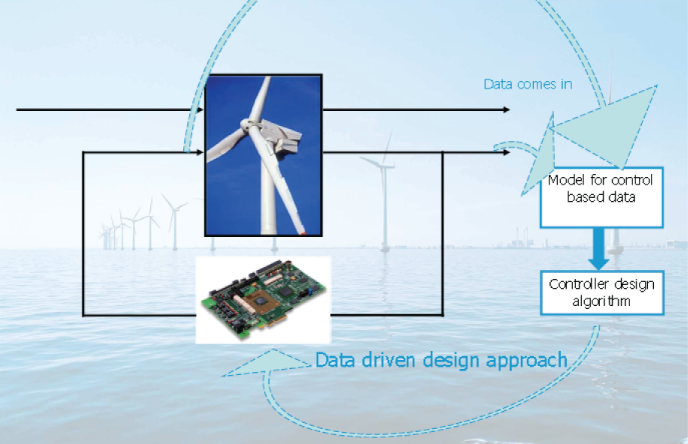
For the wind energy community (and other aeroelastic systems), model-based controller design becomes more and more important. Model-based controller synthesis necessitates a nominal description of the real plant. Nominal description of the plant can be derived from physical principles or using measurement data, respectively. Therefore, the latter is considered as a preliminary phase on the way towards a controller design. system identification of wind turbines is not only important at the design of a new turbine setup, but also when existing devices has to be re-identified in order to create a more up-to-date accurate model than the existing one. In this specific case, wind turbine system identification has to be performed in taking consideration the existing controller as well. This project is motivated by the closed-loop system identification problem of wind turbine systems. The data source of the system identification is based on nonlinear controller-in-the-loop simulations of a typical multi-MW wind turbine.
I am mainly interested in the development of real-time implementations and experimental validation of this approach.
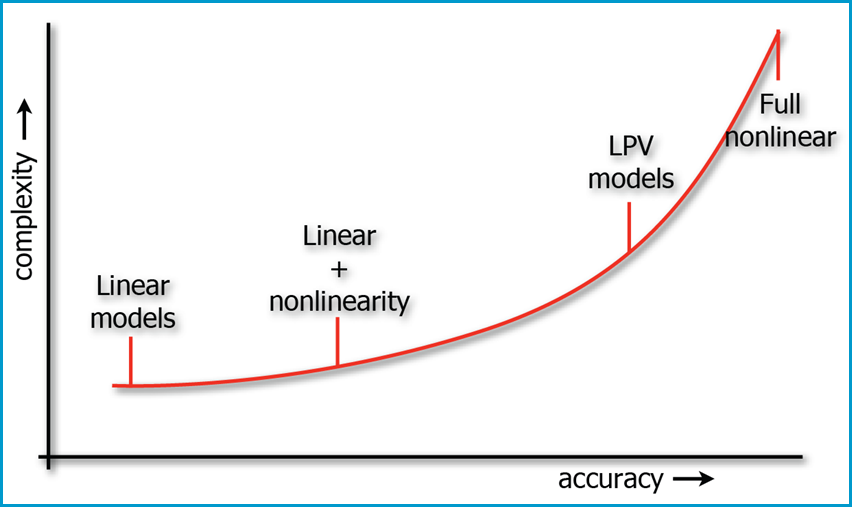
Subspace identification has attracted considerable attention in the past years. This is mainly due to the fact that they are based on numerically reliable computations (e.g. SVD and QR). For general non-linear systems, the extensions of this class of identification approaches is far from trivial. However, by exploiting structure in the nonlinearity (e.g. Hammerstein-Wiener, LPV) dedicated algorithms can be developed.
I am mainly interested to develop novel (recursive) identification methods for nonlinear aeroelastic systems.
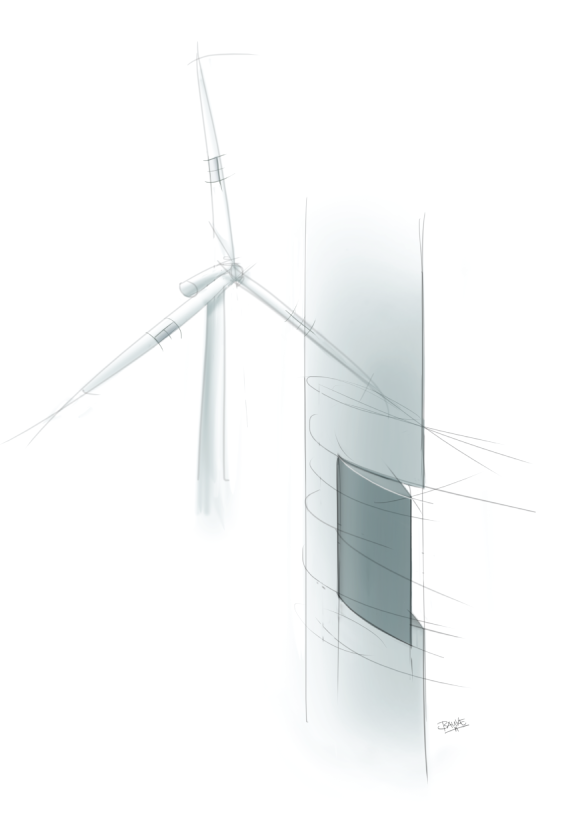
The drive to make wind energy more attractive and competitive to fossil fuel power plants will provide an enormous stimulus for technological breakthroughs. One such advance, potentially to be realized on the next generation of offshore wind turbines, is the smart offshore wind turbine. Since modern wind turbines designed for offshore application are the largest rotating machines on earth, with the length of one blade almost equal to the entire span of a Boeing 747, fatigue; reliability and load control are the key design issues. Contrary to its size, the control capabilities have not increased in time. Unlike aircraft wings, the blades have no flaps or other aerodynamic devices to control the loads in detail. Present wind turbines run at variable rotational speed, combined with the adjustment of the full-span pitch angle of the blades to optimize energy yield while minimizing the time-varying loads. As the rotor size increases these loads get larger and more irregular along the blades. For the next generation of wind turbines, with even larger rotor size, a much more detailed and faster adaption to the loads is required to elevate the loads on the blades and thus guarantee a life-time of at least 20 years. Ideally, these adaptations should be realized for each blade at any azimuthal position and any spanwise station. In this way, the wind turbine will be able to adapt to the full range of operating conditions, without sacrificing optimized performance. Active aerodynamic devices, with embedded intelligence distributed along the span, have shown the greatest potential in achieving load reductions and are proven as a concept. The correspondence with the control devices at airplane wings (flaps at leading and trailing edge, ailerons) with respect to flow control is apparent. The requirements for blade control devices are however, significantly different. The control devices of the smart rotor have to operate at higher frequencies and loads. The development of this kind of technology, often named in popular terms smart rotor, is an interdisciplinary development par excellence.
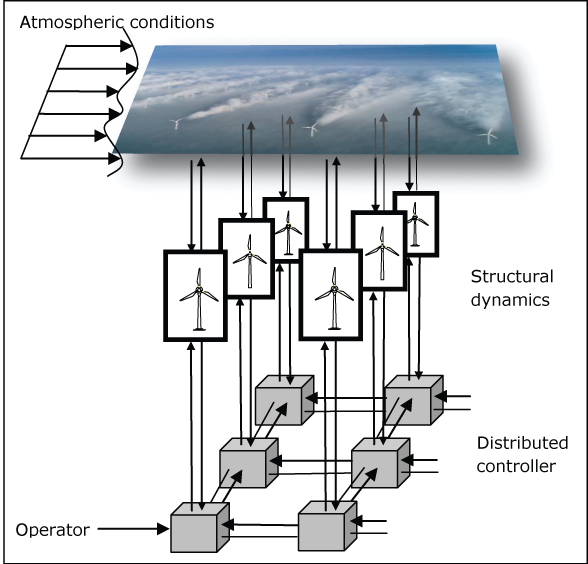
The economical feasibility of the wind energy industry greatly depends on the reliability and maintainability of new large scale wind parks/wind farms. Especially for offshore wind farms where the distributed turbines are connected into a network, the topic of predictive maintenance is crucial in the explosive growth. On a wind farm, individual optimization of each turbine is now mainly done temporally, taking the local (temporal) changes of the wind into account. The optimization on a global scale is of interest and has been investigated in a centralized framework. Fault tolerant optimization of a wind farm in a distributed framework is of interest for scalability, maintainability and reliability and therefore will have great economical impact. The main research goal can be captured within the following phrase: Develop a new methodology for distributed fault detection, and controller reconfiguration for far offshore wind farms in a decentralized framework, where the individual wind turbines controllers are cooperating not only to optimize their local performance, but also to optimize the global performance.